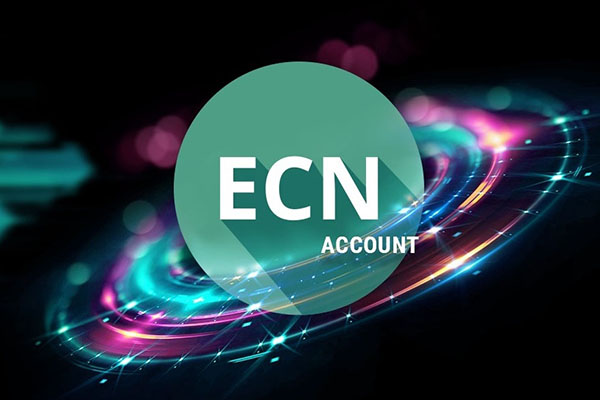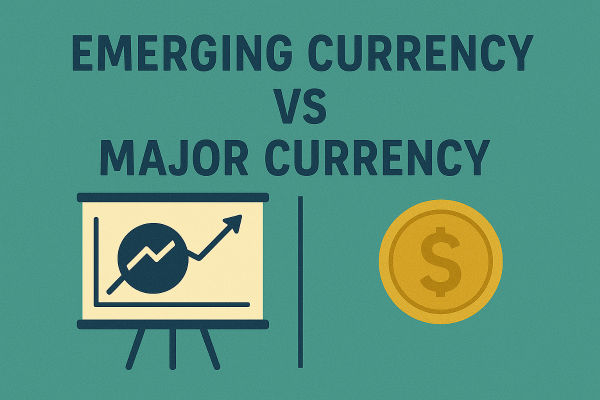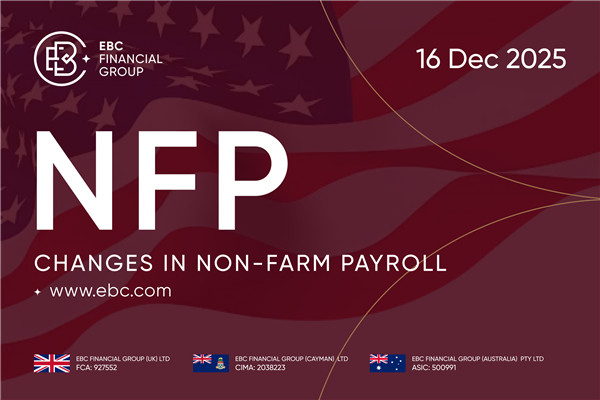The floating profit model offers a simple approach to evaluating the profit and loss of investments in securities and other assets. This method calculates floating profit by subtracting the cost basis from the market value of the held assets.

Understanding the Floating Profit Model
Floating profit is determined using the formula
Floating profit = market value - cost basis
Here, 'market value' refers to the current price of the securities or assets in the financial markets, while 'cost basis' is the original purchase cost of these assets. A positive floating profit indicates a gain, showing that the assets held are currently worth more than their purchase price. Conversely, a negative floating profit suggests a loss, indicating that the assets are worth less than their cost.
Utility of the Floating Profit Model in Investment Evaluation
Investors find the floating profit model particularly useful for monitoring real-time profit and loss within their portfolios. It aids in making timely decisions to adjust or redirect investment strategies based on current market conditions. However, it's important to note that this model serves as a basic tool for snapshot assessments rather than a definitive guide for making long-term investment decisions
Pros of the Floating Profit Model
1. Ease of Calculation: The model is user-friendly, allowing investors to quickly calculate potential gains or losses by simply knowing the current market value and the cost basis of their investments.
2. Real-Time Updates: It provides immediate feedback on the financial performance of assets, enabling investors to make informed decisions swiftly.
3. Strategic Insights: By highlighting current profit and loss, the floating profit model offers valuable insights that help investors decide whether to hold or adjust their positions.
Cons of the Floating Profit Model
1. Lack of Time Value Consideration: The model does not account for the time value of money, potentially overlooking the benefits of long-term investments.
2. Risk Underestimation: It fails to consider the variability of risk across different types of investments, which can influence the overall return.
3. Unrealized Profit/Loss Representation: Since it estimates only unrealized gains or losses, the model does not necessarily reflect the actual profits or losses that will be realized upon the sale of the assets.
Conclusion
While the floating profit model is a valuable tool for portfolio management and market analysis, it should be used in conjunction with other evaluation methods to fully understand investment risks and returns. Its simplicity in calculating immediate profit and loss makes it an essential, though basic, tool for investors who need to keep a pulse on their investment strategies.



























